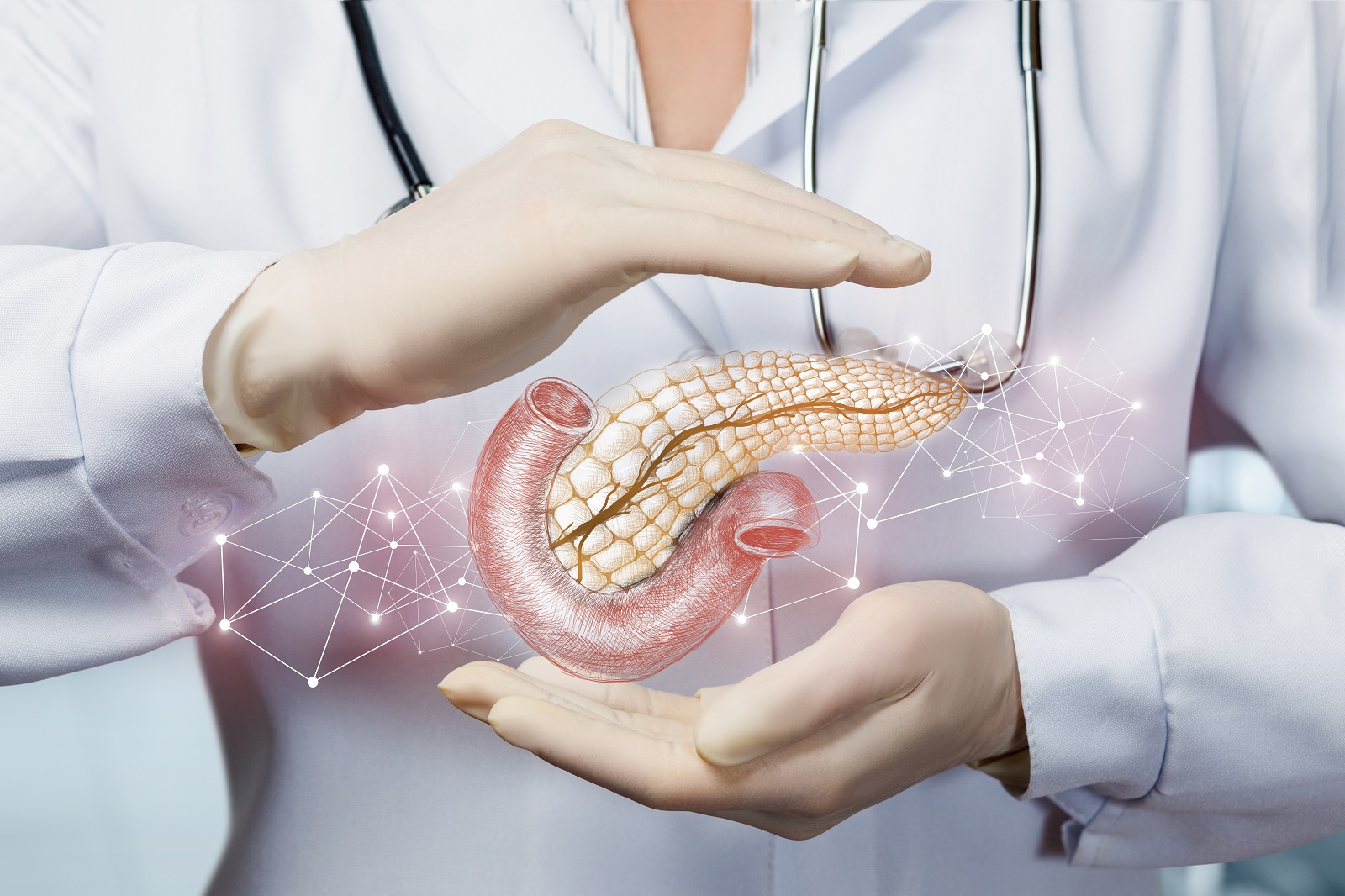Pancreatic cancer is a disease that develops when the cells of the pancreas outgrow control and grow into a tumor. It is one of the most fatal forms of cancer with an estimated five-year survival rate of just 10 percent. In this piece, we will discuss the causes, symptoms of the disease, treatment options, as well as strategies to decrease your chance of developing pancreatic cancer.

The Reasons
The nature of the pancreas-related disease is not yet known, several risk factors have been identified. One of the most significant risk factors is the habit of smoking. Smokers are two to three times more likely than those who do not smoke to develop pancreatic carcinoma. Other risk factors include obesity, age, genetic mutations, family history chronic pancreatitis as well as chronic cancer of the pancreas.
The signs
The pancreatic cancer does not usually produce any symptoms in its early stages, which makes it difficult to detect. As the tumor gets bigger it could cause symptoms such as:
Abdominal pain radiating to the back
Weight loss and loss of appetite
Jaundice (yellowing eyes and skin)
Nausea and vomiting
Fatigue
If you are experiencing any of these symptoms, it is essential to visit a doctor as soon as you can. An early diagnosis is crucial to the success of treatment.
Diagnosis
Your physician may recommend multiple tests to confirm that you are suffering from pancreatic cancer. These tests may include imaging tests such as CT scans, MRI scans, or ultrasound. They may also request taking a biopsy to take tiny amounts of tissue to study.
Treatment
The stage and the location of pancreatic cancer along with the patient’s overall health will decide the treatment options. The treatment options available to treat pancreatic carcinoma include surgery, chemotherapy radiotherapy, other treatments.
The most frequent treatment for pancreatic carcinoma is surgery, especially for cancers that are located within the head. Surgery is intended to remove the cancerous tissue and the surrounding tissues that may contain cancerous cells. Surgery is not always possible should the tumor be located within the tail or body of the pancreas.
Chemotherapy is a form of cancer treatment that makes use of chemicals to kill cancerous cells. Chemotherapy is typically used alongside radiation therapy and surgical procedures. It is possible to receive chemotherapy either by mouth or intravenously. Its side effects include nausea vomiting, nausea, hair loss, and even death.
Radiation therapy makes use of high-energy radiation to kill cancerous cells. It can be used either on its own or as a part of combination chemotherapy and surgery. Radiotherapy can cause discomfort to the skin and fatigue.
Reducing your risk
While there is no sure method to avoid pancreatic cancer, there are many steps you can follow to lower your risk. They include:
To decrease your risk of developing pancreatic cancer to reduce the risk of developing pancreatic cancer, stop smoking.
A healthy weight is important to decrease the chance of developing pancreatic cancer.
Eat a healthy diet. The consumption of a diet rich in fruits, vegetables and whole grains can help decrease your risk of developing pancreatic carcinoma.
Limiting alcohol consumption There is a higher chance of developing pancreatic cancer is associated with excessive alcohol consumption.
The management of chronic ailments It is possible to lower your risk by consulting with your physician for pancreatitis or diabetes.
The pancreatic cancer is an extremely serious disease that requires prompt detection and the most aggressive treatment. If you have any indications of pancreatic cancer, then it’s vital to seek out a medical professional immediately. It is possible to take control of your health by recognizing the risks and taking action to reduce the chance of contracting this deadly disease.
For more information, click pancreatic cancer research fund
